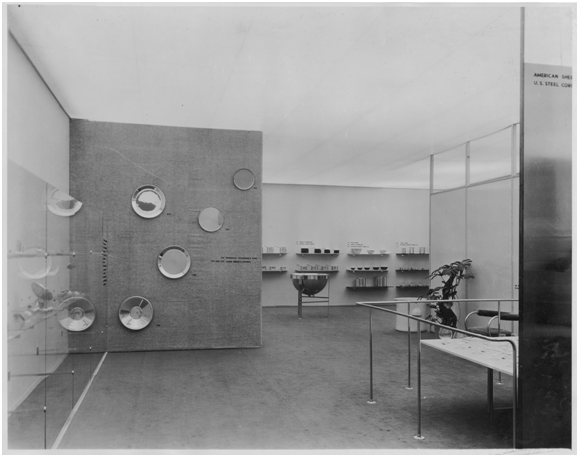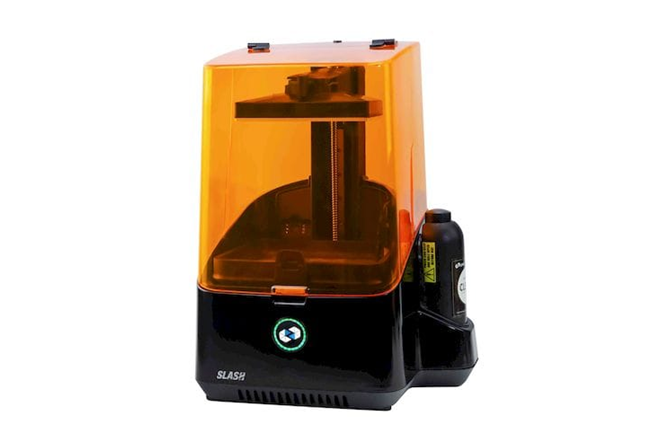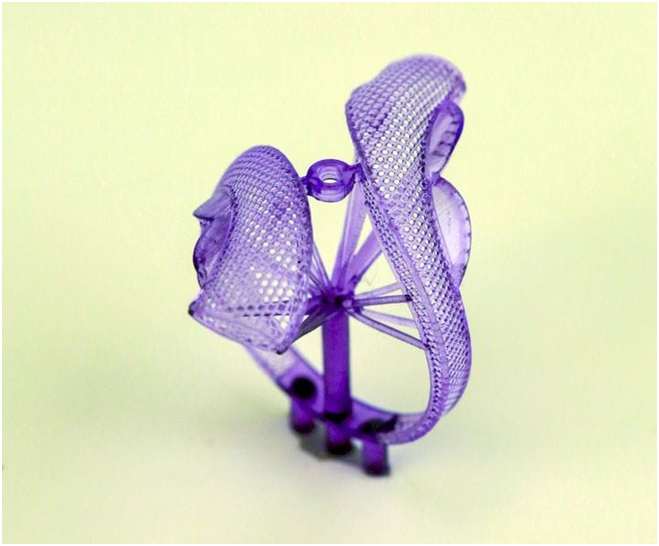
Charles Goulding and Preeti Sulibhavi discuss art: modern, machine, 3D printed.
The Museum of Modern Art: Machine Art, 1934
In 1934 The Museum of Modern Art (MoMA) featured an influential exhibit organized by the later world-renowned architect, collector and Trustee of MoMA, Philip Johnson. Titled “Machine Art” (MoMA Exh. #34, March 5 – April 29, 1934), the exhibit was inspired by the visual aesthetic of certain industrially manufactured objects, despite the fact that these pieces were created without artistic intention. The exhibit exemplified qualities of machines that were not immediately noticed as visually stunning. This exhibition was revolutionary in its design and execution, and ahead of its time.
![1934 Machine Art Exhibit – Propeller [Source: MoMA ]](https://fabbaloo.com/wp-content/uploads/2020/05/MoMA2_img_5eb09dfcd5265.png)
In the book “The Man in the Glass House,” authored by Mark Lamster, Philip describes the “Machine Art” exhibit from 1934. The book describes the journey that brought Johnson to be considered the Architect of the Modern Century. Johnson recalls installing the large display encasing the aircraft propeller (depicted above) in front of the museum while preparing for the opening of the exhibition. He referred to these pieces as “always and absolute” in beauty. t took insight as well as foresight to pioneer an exhibit such as this to display the beauty of objects that do not immediately come to mind as visually appealing by their very nature. It set Johnson apart.
![Today - 3D Printed Propellers for Drones [Source: Instructables ]](https://fabbaloo.com/wp-content/uploads/2020/05/MoMA3_img_5eb09dfd34356.png)
Thinking Machines: Art and Design in the Computer Age, 1959-1989
Cut to November 13, 2017 to April 8 of last year, MoMA brought artwork produced using computers and computational thinking together with notable examples of computer and component design. “Thinking Machines” combines artworks, design objects, and architectural proposals to trace how computers transformed aesthetics and hierarchies. The exhibit reveals how thinking machines reshaped art, working life and social connections.
![Starpath: DREC.PAS, Alan Saret and David Kadish, 1988 [Source: MoMA ]](https://fabbaloo.com/wp-content/uploads/2020/05/MoMA4_img_5eb09dfd8ab9b.png)
To reflect what the future of technology and machinery really is today, these exhibits may consider featuring pieces produced through additive manufacturing/3D printing.
In almost every industry today, 3D printing can be used to produce a wide variety of products that are durable yet complex in design. Perhaps MoMA will consider such 3D printed industrial machinery in their future exhibits on machine art.
![J750 Successful Prototype of a 3D Printed Taillight Cover [Source: Stratasys]](https://fabbaloo.com/wp-content/uploads/2020/05/MoMA5_img_5eb09dfdef954.png)
The aesthetic behind 3D Printers and the Products They Are Capable of Producing


Slash 2 High Speed Resin 3D Printer and Intricate Detailed 3D Product Created with Slas 2 Series 3D Printer [Source: Uniz]
The Research & Development Tax Credit
Enacted in 1981, the now permanent Federal Research and Development (R&D) Tax Credit allows a credit that typically ranges from 4%-7% of eligible spending for new and improved products and processes. Qualified research must meet the following four criteria:
-
Must be technological in nature
-
Must be a component of the taxpayer’s business
-
Must represent R&D in the experimental sense and generally includes all such costs related to the development or improvement of a product or process
-
Must eliminate uncertainty through a process of experimentation that considers one or more alternatives
Eligible costs include U.S. employee wages, cost of supplies consumed in the R&D process, cost of pre-production testing, U.S. contract research expenses, and certain costs associated with developing a patent.
On December 18, 2015, President Obama signed the PATH Act, making the R&D Tax Credit permanent. Beginning in 2016, the R&D credit can be used to offset Alternative Minimum tax for companies with revenue below $50MM and for the first time, startup businesses can obtain up to $250,000 per year in payroll taxes and cash rebates.
Machine Art: Describing the Future in the Present
It’s almost poetic justice that MoMA’s machine art in 1934 was ahead of its time in reflecting where technology would take us; while in 2017-2018 MoMA illustrated just how far we have come since that 1934 exhibit. Both exhibits were designed to demonstrate the beauty and allure of industrial machines, where there is no intent for aesthetics in their production. Many consider substance before form. What MoMA’s machine art exhibits have taught us is that substance is form. That what is functional can be beautiful as well. And, perhaps next time MoMA will consider presenting some of today’s beautiful 3D printers and the products they build.











